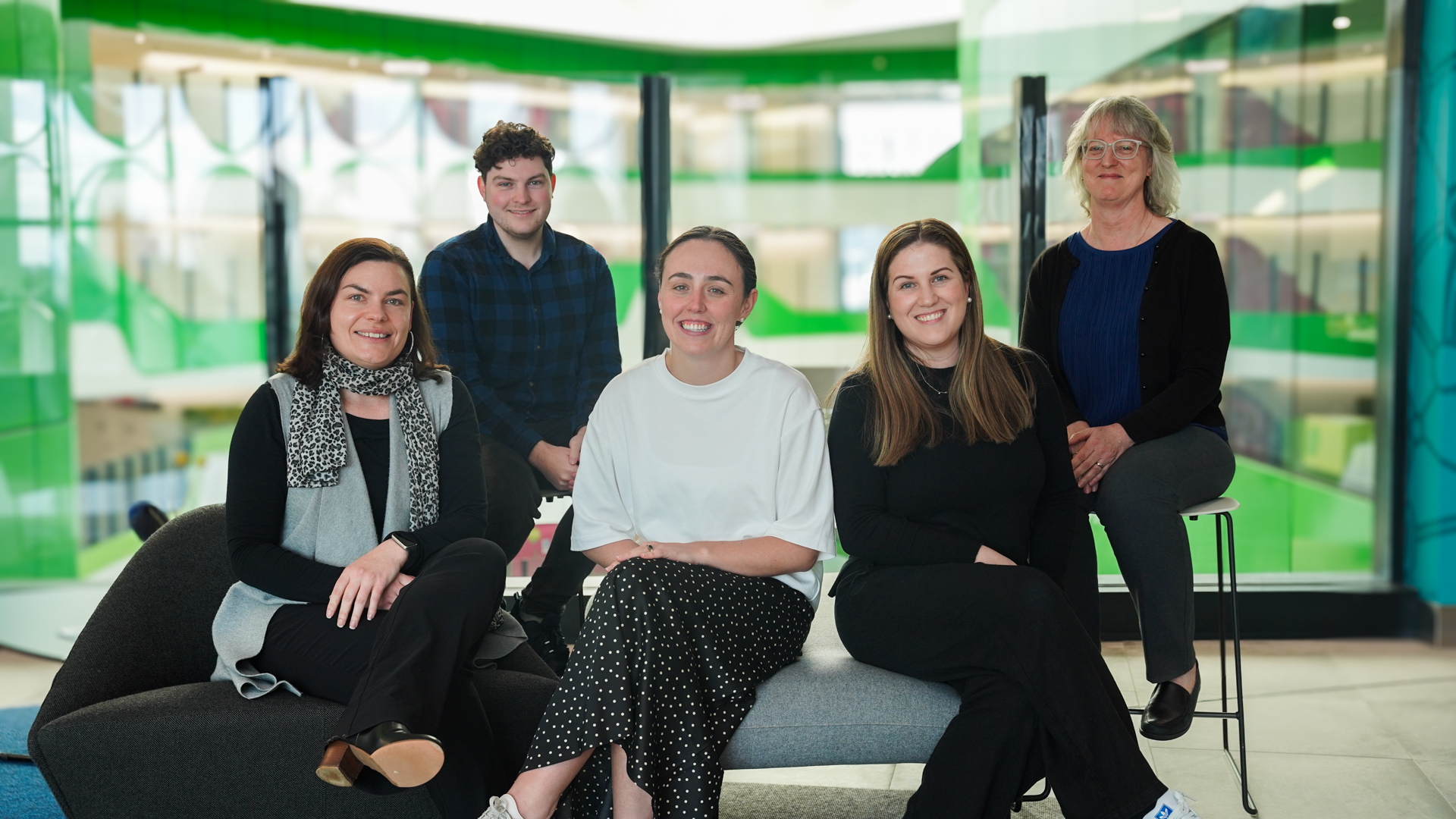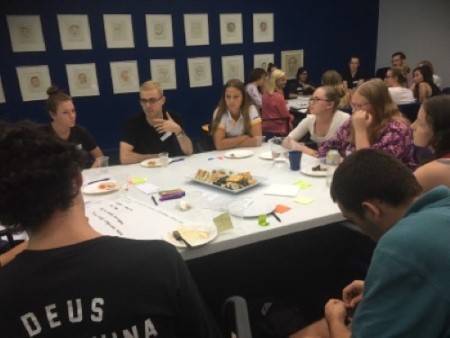Search
Showing results for "1"
Research
Cyberbullying and the role of the law in Australian schools: Views of senior officialsOpinions of employees from the education and legal systems, regarding their perceptions of the role of the law and cyberbullying in Australian schools

News & Events
The PERSIST StudyThe Persist Study Community Workshop. Help us to understand how to engage other youth who live with T1D!

News & Events
New Study: Water Survey UWAThere is evidence that physical activity is well known to increase the risk of hypoglycaemia in people with type 1 diabetes. However, little is known about the effect of water-based activities on blood glucose levels.

News & Events
New study: Diabetes stress and coping strategiesThe Children’s Diabetes Centre is investigating the ways young people, and their primary carers, cope with stressors associated with type 1 diabetes.
Research
A phase 3, multicenter, randomized, double-blind study to evaluate the interchangeability of V114, a 15-valent pneumococcal conjugate vaccine, and PCV13 with respect to safety, tolerability, and immunogenicity in healthy infants (PNEU-DIRECTION)Pneumococcal disease (PD) remains a major health concern globally. In children, pneumococcal conjugate vaccines (PCVs) provide protection against PD from most vaccine serotypes, but non-vaccine serotypes contribute to residual disease. V114 is a 15-valent PCV containing all 13 serotypes in Prevnar 13™ and public health important serotypes 22F and 33F. This phase 3 study evaluated safety and immunogenicity of mixed PCV13/V114 regimens using a 3 + 1 dosing schedule when changing from PCV13 to V114 at doses 2, 3, or 4.
Research
Ambient Air Pollution, Extreme Temperatures and Birth Outcomes: A Protocol for an Umbrella Review, Systematic Review and Meta-AnalysisPrenatal exposure to ambient air pollution and extreme temperatures are among the major risk factors of adverse birth outcomes and with potential long-term effects during the life course. Although low- and middle-income countries (LMICs) are most vulnerable, there is limited synthesis of evidence in such settings. This document describes a protocol for both an umbrella review (Systematic Review 1) and a focused systematic review and meta-analysis of studies from LMICs (Systematic Review 2).
Research
SARS-CoV-2 Infection and Childhood Islet AutoimmunityThis cohort study examines whether there is a temporal association between SARS-CoV-2 infection and the development of islet autoimmunity among Australian children with a first-degree relative with type 1 diabetes.
Research
Perceived stress in mothers of children with and without islet and coeliac autoimmunity in the ENDIA studyWe aimed to assess perceived stress and influencing factors in mothers with children at risk of type 1 diabetes and coeliac disease who did, or did not, develop islet autoantibodies or coeliac autoantibodies by 4 years of age.

News & Events
Congratulations Centre ResearchersCentre researchers awarded external travel grants to attend international conferences

News & Events
Exercise summit wrap upThe Children’s Diabetes Centre recently held summits for young people with Type 1 Diabetes to get their input into the development of new exercise guidelines.
